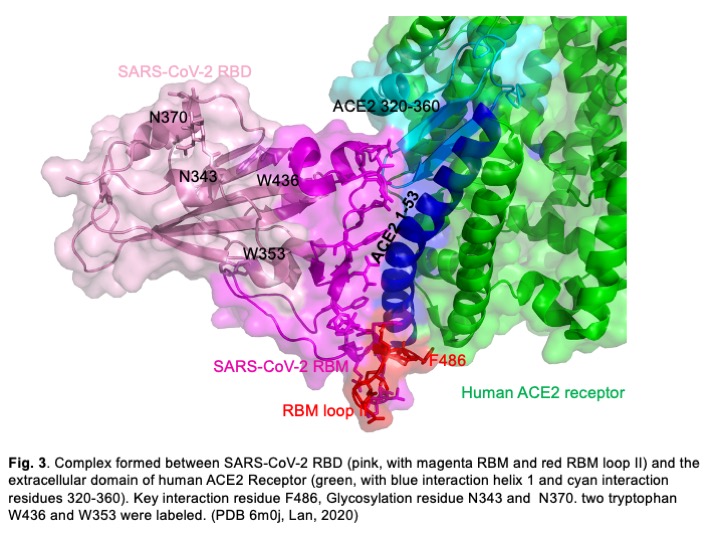Science and Development
Integrated Structural Biology Platform for SARS-Cov-2 inhibitors Discovery, COVID-19 treatment
The application of our platform will be focused on the discovery and development of inhibitors of SARS-CoV-2 into cells, a proposed strategy for coronavirus therapeutic development since the first SARS-CoV outbreak in 2003. The interface of the two proteins solely responsible for SARS-CoV-2 viral entry are The Receptor Binding Domain (RBD) of SARS-CoV-2 Spike protein and the angiotensin-converting enzyme 2 (ACE2) receptor. The development of a platform for the acquisition of data on the dynamic RBD – ACE2s binding interface is critical for drug discovery efforts. Therefore, Nexomics aims to develop BioLayer Interferometry (BLI) and Nuclear Magnetic Resonance (NMR) spectroscopy protein-detected and ligand-detected methods. Several routes for cost-effective production of isotope-enriched RBD are being explored, with a primary focus on E. coli expression hosts for sequence-specific NMR resonance assignment of the RBD. Taken together, this combination of techniques provides high throughput and atom-level resolution data for drug screening and development.

Characterizing Dynamic Allosteric Changes in Antibody-Antigen Interactions
The long-term goal of this work is to apply the proprietary technology that we will develop in this research program, together with standard NMR methods, to develop a pipeline for producing and characterizing Fab’s for multiple commercial applications. These applications include but are not limited to, elucidating how the structures and dynamics of Fab’s change in the process of affinity maturation, and how to monitor and direct such changes in the processes of Ab and Fab engineering. The work will also open the door to novel approaches for allosteric modulation of antigen-antibody interactions, and the creation of allosteric modulators of Fab and/or antibody function. We have already used conventional E. coli protein production methods to produce 19F- and 15N-enriched Fab’s, and have applied NMR to detect changes in Fab structure and dynamics that appear to propagate throughout the Fab molecule, upon complex formation with its cognate antigen.
